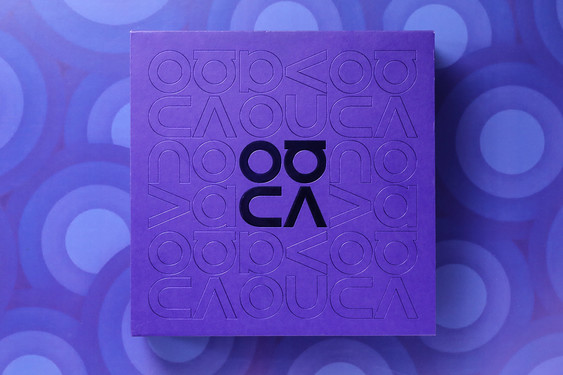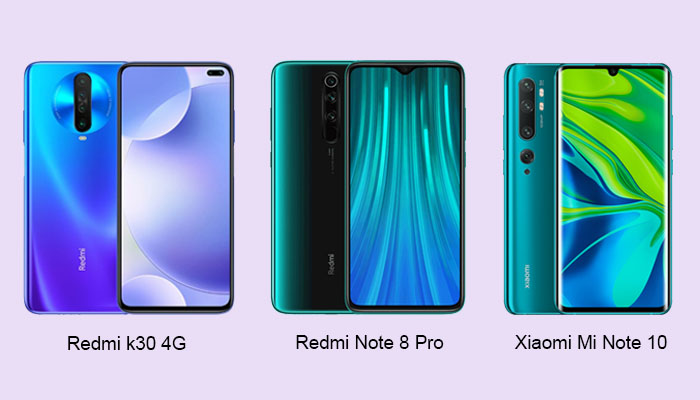
Redmi k30 4G vs Redmi Note 8 Pro vs Xiaomi Mi Note 10: specs comparison
|
|
Redmi K30 4G version |
Redmi Note 8 Pro |
Xiaomi Mi Note 10 |
|
Display |
6.67-inch dual punch-hole LCD screen |
6.53-inch waterdrop LCD screen |
6.47-inch AMOLED dewdrop curved screen |
|
Screen resolution |
2400 x 1080 FHD+ |
2340 x 1080 FHD+ |
2340 x 1080 pixels |
|
Screen refresh rate |
Max 120Hz |
60Hz |
60Hz |
|
Processor |
Qualcomm Snapdragon 730G |
MTK Helio G90T |
Qualcomm Snapdragon 730G |
|
Rear camera |
● 64MP primary lens, Sony IMX686 image sensor, 1/1.7” photosensitive area, f/1.89 aperture ● 8MP ultra wide angle lens, FOV 120 degree, f/2.2 aperture ● 2MP macro lens, f/2.4 aperture ● 2MP depth lens, f/2.4 aperture |
● 64MP primary lens, 1/1.7” photosensitive area, f/1.89 aperture ● 8MP ultra wide angle lens, FOV 120 degree, f/2.2 aperture ● 2MP macro lens ● 2MP depth lens
|
● 108MP primary lens: 1/1.33” large photosensitive element, 1.6um 4-in-1 large pixels, 7P lens (8P lens only on 8GB + 256GB version), f/1.69 aperture, 4-axis optical anti-shaking; ● 20MP ultra wide-angle lens: 117 degree field of view, 1.5cm super macro; ● 12MP portrait lens: 2x optical zoom, 1.4um large pixels, dual PDAF ● 5MP super telephoto lens: 10x hybrid optical zoom, 50x digital zoom, 4-axis optical anti-shaking; ● 2MP macro lens: 2-10cm, AF macro photography ● Dual soft light; dual LED flash light |
|
Front camera |
20MP main lens + 2MP portrait blur lens |
20MP (f/2.0) |
32MP: 1.6um 4-in-1 large pixels, f/2.0 large aperture |
|
Operating system |
MIUI 11 based on Android 10 |
MIUI 10 based on Android 9.0 Pie |
MIUI 11 based on Android 9.0 Pie |
|
RAM |
6GB / 8GB |
6GB / 8GB |
6GB / 8GB |
|
ROM |
64GB / 128GB / 256GB, UFS 2.1 |
64GB / 128GB / 256GB, UFS 2.1 |
128GB / 256GB, UFS 2.1 |
|
Battery capacity |
4500mAh |
4500mAh |
5260mAh |
|
Fast charging |
27W fast charging |
18W fast charging |
Support 30W fast charging |
|
3.5mm headphone jack |
Yes |
Yes |
Yes |
|
Multifunctional NFC |
Yes |
Yes |
Yes |
|
Infrared remote control |
Yes |
Yes |
Yes |
|
Fingerprint sensor |
Side-mounted fingerprint sensor |
Rear-mounted fingerprint sensor |
In-screen fingerprint sensor |
|
Price |
● 6+64GB: 1599 yuan (about $227) ● 6+128GB: 1699 yuan (about $241) ● 8+128GB: 1899 yuan (about $270) ● 8+256GB: 2199 yuan (about $313); $399.99 on Gearbest |
6+128GB edition: 1599 yuan ($227); $349.99 on Gearbest |
6+128GB edition: $599.99 on Gearbest |
Redmi K30 4G vs Redmi Note 8 Pro vs Xiaomi Mi Note 10: design
The three smartphones adopt different design styles. AS you can see the pictures below, the Redmi K30 adopts dual punch-hole display and the quad rear cameras are housed in a polished circle panel.
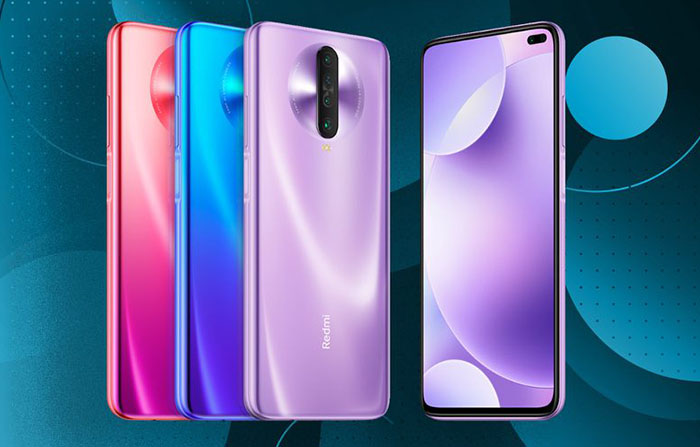
The Redmi Note 8 Pro comes with a water drop screen and there are vertical-mounted quad rear cameras in the upper middle on the back.
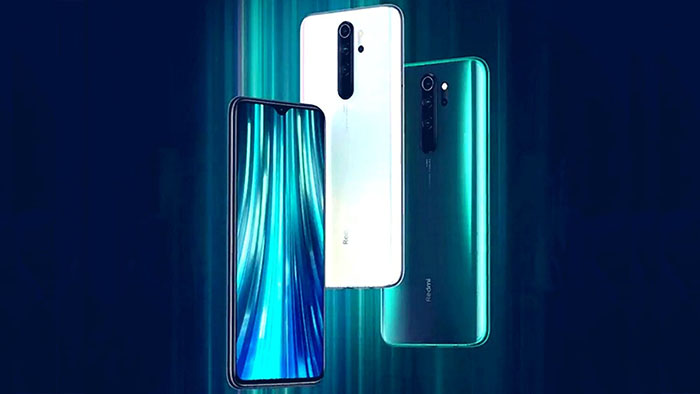
The Xiaomi Mi Note 10 adopts dew drop curved screen, and there are penta rear cameras in the upper left on the back panel.
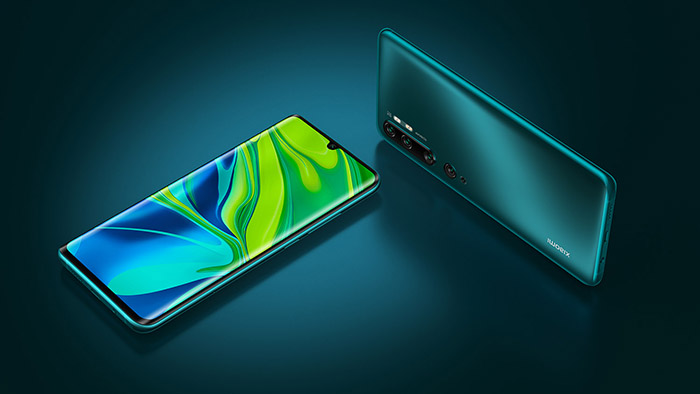
In addition, the three phones offer different fingerprint unlock solution. The Redmi K30 4G phone offers side-mounted fingerprint sensor, the Redmi Note 8 Pro adopts rear-mounted fingerprint sensor, while the Xiaomi Mi Note 10 offers in-screen fingerprint sensor.
Besides, both Redmi K30 4G version and Redmi Note 8 Pro adopt LCD screen, while the Xiaomi Mi Note 10 adopts AMOLED screen. Compared to the LCD screen, the AMOLED screen offers richer colors and supports Always-On Display feature.
Another advanced feature of the Redmi K30 4G version is that it supports up to 120Hz screen refresh rate, while the Redmi Note 8 Pro and Xiaomi Mi Note 10 only supports traditional 60Hz screen refresh rate.

Redmi K30 4G vs Redmi Note 8 Pro vs Xiaomi Mi Note 10: camera
According to the camera specs that each phone offers, the Xiaomi Mi Note 10 will bring you the best camera performance. As the Xiaomi Mi Note 10 offers penta rear cameras which consists of a 108MP primary lens, a 20MP wide-angle lens, a 12MP portrait lens, a 5MP super telephoto lens and a 2MP macro lens. And it offers 32MP front camera. Moreover, the Xiaomi Mi Note 10 will offer you more details, especially when taking photos from a distance thanks to its credible 10x hybrid optical zoom and 50x digital zoom lens.
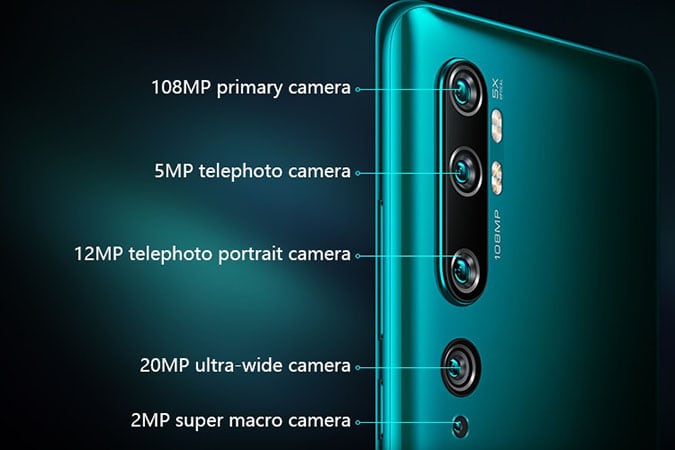
Then, it’s followed by Redmi K30 4G version. Although both Redmi K30 4G version and Redmi Note 8 Pro are equipped with 64MP quad rear cameras, they adopt different image sensor for their primary lens. The Redmi K30 4G version adopts the latest Sony IMX686 image sensor, while the Redmi Note 8 Pro adopts Samsung ISOCELL Bright GW1 image sensor. Theoretically speaking, the Sony IMX686 image sensor is a little better than the Samsung ISOCELL Bright GW1 image sensor.
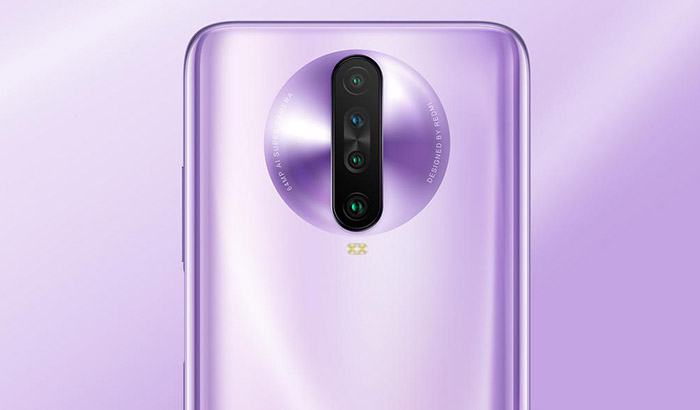
Redmi K30 4G vs Redmi Note 8 Pro vs Xiaomi Mi Note 10: processor and performance
In terms of processor, both the Redmi K30 4G phone and Xiaomi Mi Note 10 are equipped with Qualcomm Snapdragon 730G processor, while the Redmi Note 8 Pro is powered by MediaTek Helio G90T chip.

Both the Qualcomm Snapdragon 730G and MediaTek Helio G90T are powerful mid-range processors. According to the AnTuTu V8 benchmark test, the test results of the Snapdragon 730G on the Realme X2 and the Mediatek Helio G90T on the Redmi Note 8 Pro are as follows:
|
|
Chipset |
Total |
CPU |
GPU |
MEM |
UX |
|
Realme X2 |
Snapdragon 730G |
258,311 |
98,328 |
67,574 |
47,945 |
44,464 |
|
Redmi Note 8 Pro |
Mediatek Helio G90T |
281,295 |
98,263 |
79,755 |
57,285 |
45,992 |
The AnTuTu V8 benchmark test results show that the Mediatek Helio G90T scores higher total points than the Snapdragon 730G. And their difference mainly lies in GPU, MEM and UX. So the Mediatek Helio G90T offers better overall CPU performance than the Snapdragon 730G. However, the downside is that the Mediatek Helio G90T adopts 12nm manufacture process, while the Snapdragon 730G adopts 8nm manufacture process, so it is no doubt that the Snapdragon 730G is more power-efficient than the Mediatek Helio G90T.
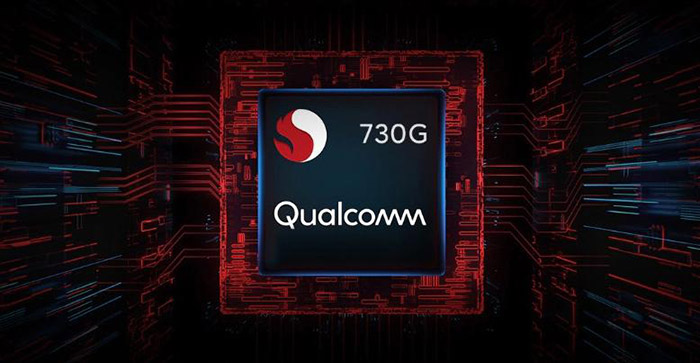
Redmi K30 4G vs Redmi Note 8 Pro vs Xiaomi Mi Note 10: battery, charging and operating system
In the aspect of battery, the Xiaomi Mi Note 10 offers the largest battery capacity – 5260mAh battery and it supports 30W fast charging.
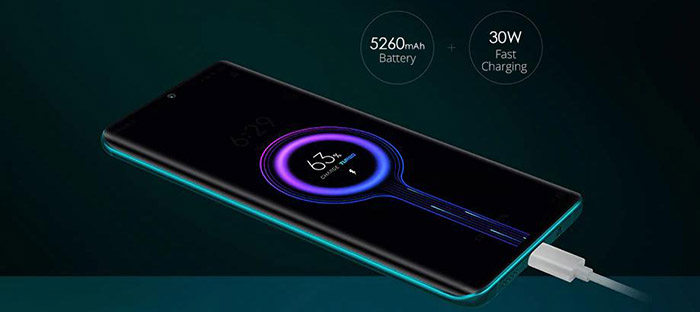
While both Redmi K30 4G version and Redmi Note 8 Pro offer 4500mAh battery. The Redmi K30 4G version supports 27W fast charging, while the Redmi Note 8 Pro only supports 18W fast charging.
In addition, the three phones run different operating systems. The Redmi K30 4G version runs MIUI 11 operating system based on Android 10, the Redmi Note 8 Pro runs the MIUI 10 based on Android 9.0 Pie, while the Xiaomi Mi Note 10 runs the MIUI 11 based on Android 9.0 Pie.
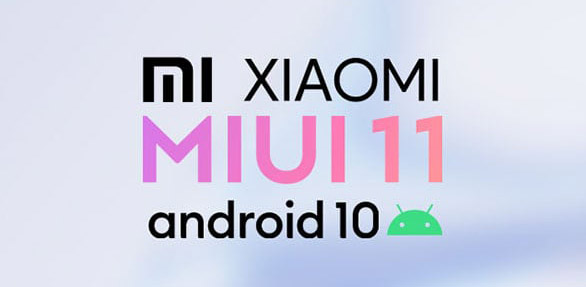
Redmi K30 4G vs Redmi Note 8 Pro vs Xiaomi Mi Note 10: price
Now, it’s time for us to talk about their price. The Redmi K30 4G version 6+128GB costs 1699 yuan (about $241), the Redmi Note 8 Pro 6+128GB costs 1599 yuan (about $227), and $349.99 on Gearbest, the Xiaomi Mi Note 10 6+128GB costs $599.99 on Gearbest.
Through comparison, we can easily find that the Redmi Note 8 Pro is the most cheapest one, while the Xiaomi Mi Note 10 is the most expensive. In fact, there is not a big price gap between the Redmi K30 4G and Redmi Note 8 Pro.

Redmi K30 4G vs Redmi Note 8 Pro vs Xiaomi Mi Note 10: which phone should you buy?
If you want to find the budget option with the best performance, we recommend you the Redmi K30 4G phone. As it only costs a little higher price than the Redmi Note 8 Pro, but offers many new advanced features, such as 120Hz screen refresh rate, the latest MIUI 11 operating system based on Android 10, dual front cameras, 27W fast charging and 64MP quad rear cameras with the latest Sony IMX 686 image sensor.
However, if you want to choose a phone with the best cameras, we suggest you buy the Xiaomi Mi Note 10. As it offers 108MP Penta rear cameras, which will offer you more excellent shooting qualities.
 |
Extensive Product Selection● Over 300,000 products ● 20 different categories ● 15 local warehosues ● Multiple top brands |
 |
Convenient Payment● Global payment options: Visa, MasterCard, American Express ● PayPal, Western Union and bank transfer are accepted ● Boleto Bancario via Ebanx (for Brazil) |
 |
Prompt Shipping● Unregistered air mail ● Registered air mail ● Priority line ● Expedited shipping |
 |
Dedicated After-sales Service● 45 day money back guarantee ● 365 day free repair warranty ● 7 day Dead on Arrival guarantee (DOA) |








